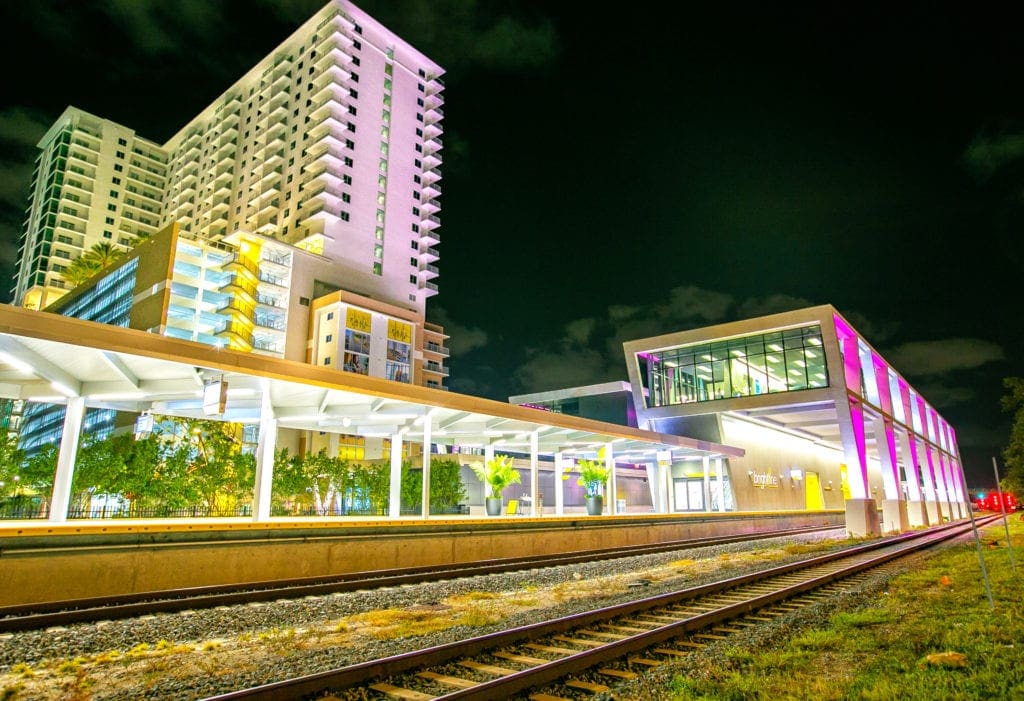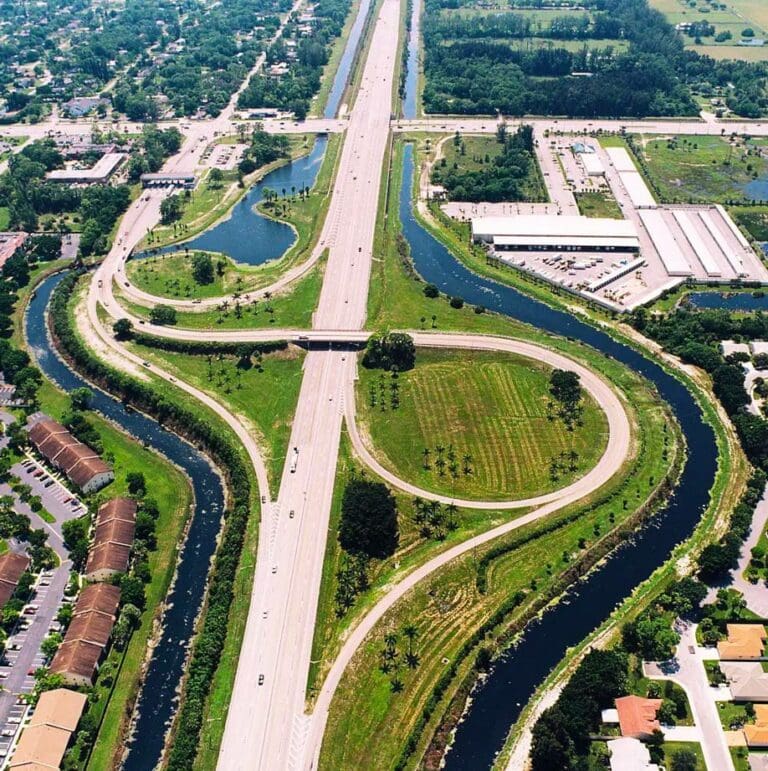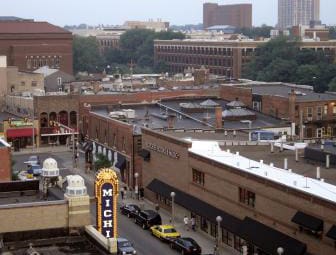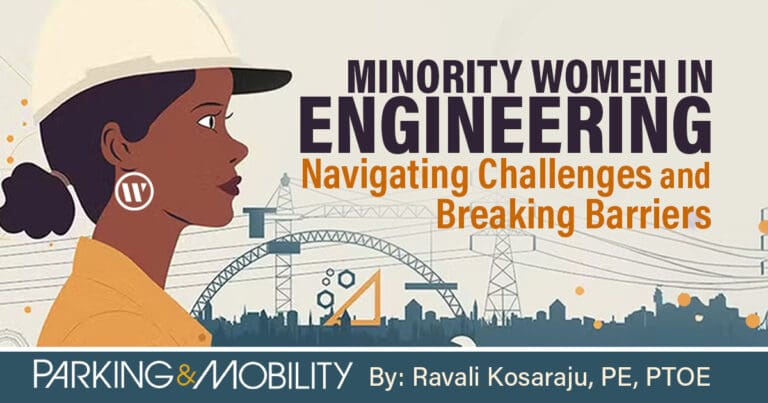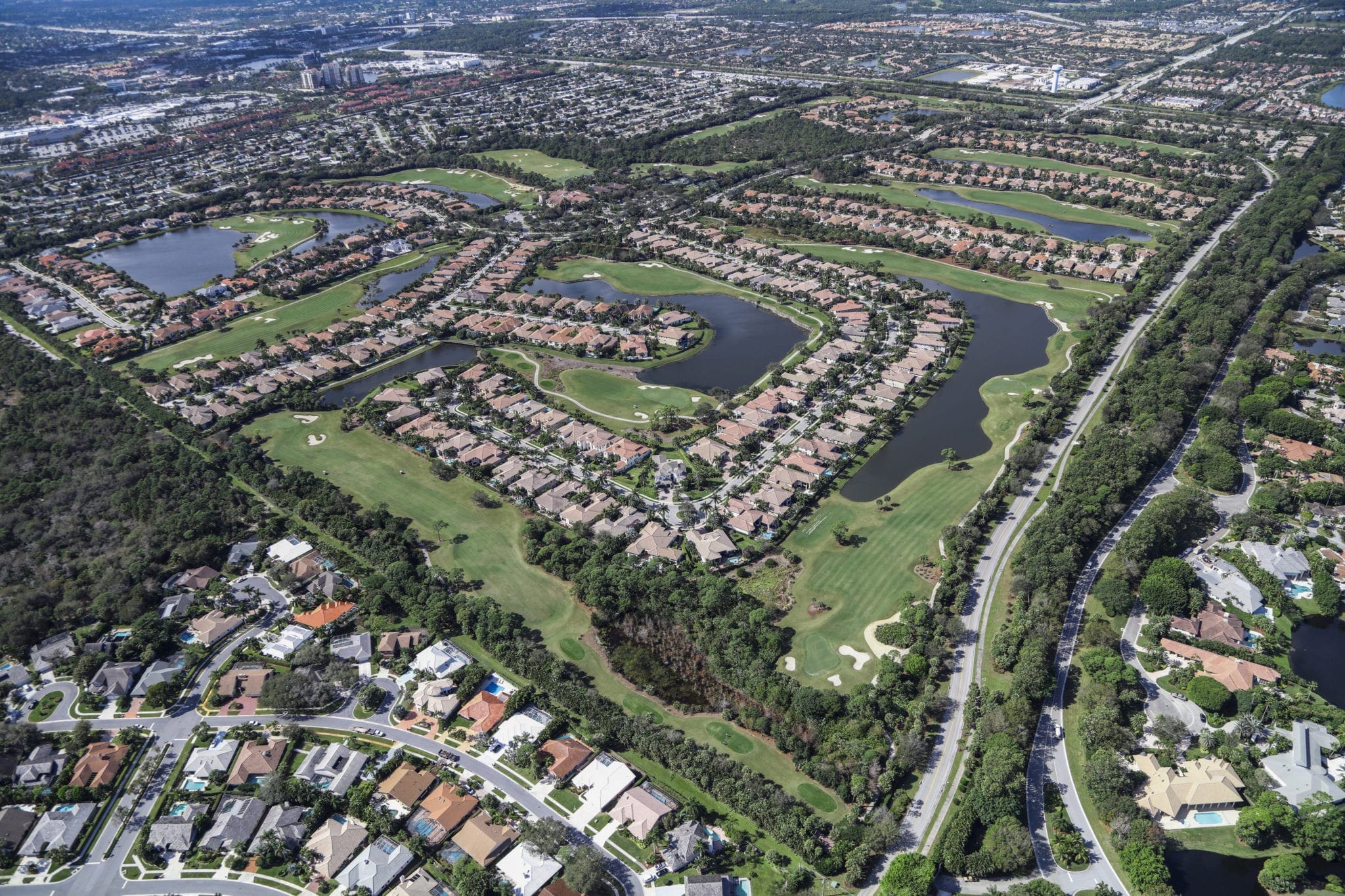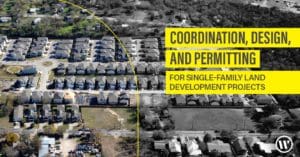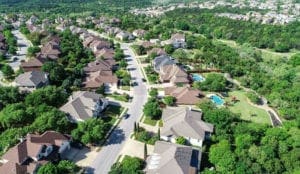Note: this is the second post in a multi-part series focused on single-family housing developments. Read more posts in the series:
Part 1: Planning and Feasibility Steps
Part 2: Zoning, Density, and Layout
Part 3: Site Investigation Report
Part 4: Coordination, Design, and Permitting
Part 5: Grading and Drainage Design
It Starts With Zoning
The planning of a single-family project begins with understanding underlying zoning codes and how the city is guiding the property for development.
The areas that a city typically defines for residential have good access to collector roadways, access to parks or require parks as part of the development, and are made up of large existing land tracts that can support a multi-phased project, or a master-planned community made up of many housing product types.
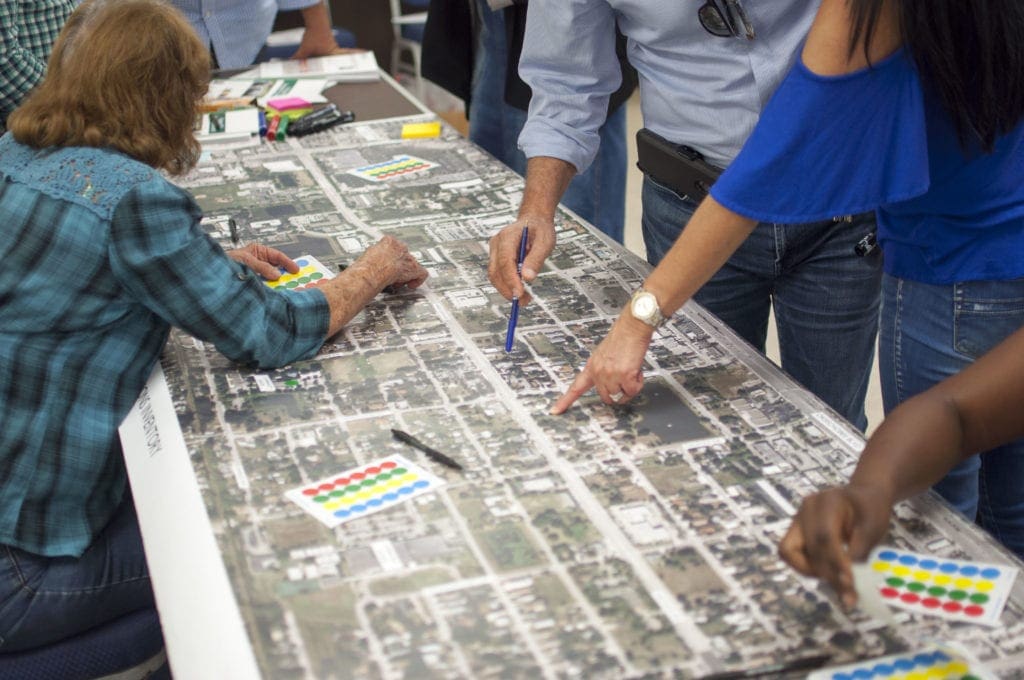
Re-Zoning and Entitlements
Site planning starts with the current zoning and depending upon the buyer, there may be a need to re-zone the property to a zoning designation that better fits a product type or create a planned project where a zoning designation does not exist.
Cities, like people, operate differently and consequently, apply zoning and zoning regulation differently. Some cities appreciate single family while others would prefer more retail, commercial, or industrial components be added to their city at a certain time. Some cities are transparent about this and their desires; others are not as open and may cause additional time to secure project approvals. Certain situations may call for a land use attorney to be brought in as a part of the development team to help rectify issues that are slowing the process. It is also not uncommon for the larger master planned communities to require some form of negotiation and middle ground to get a project through the process.
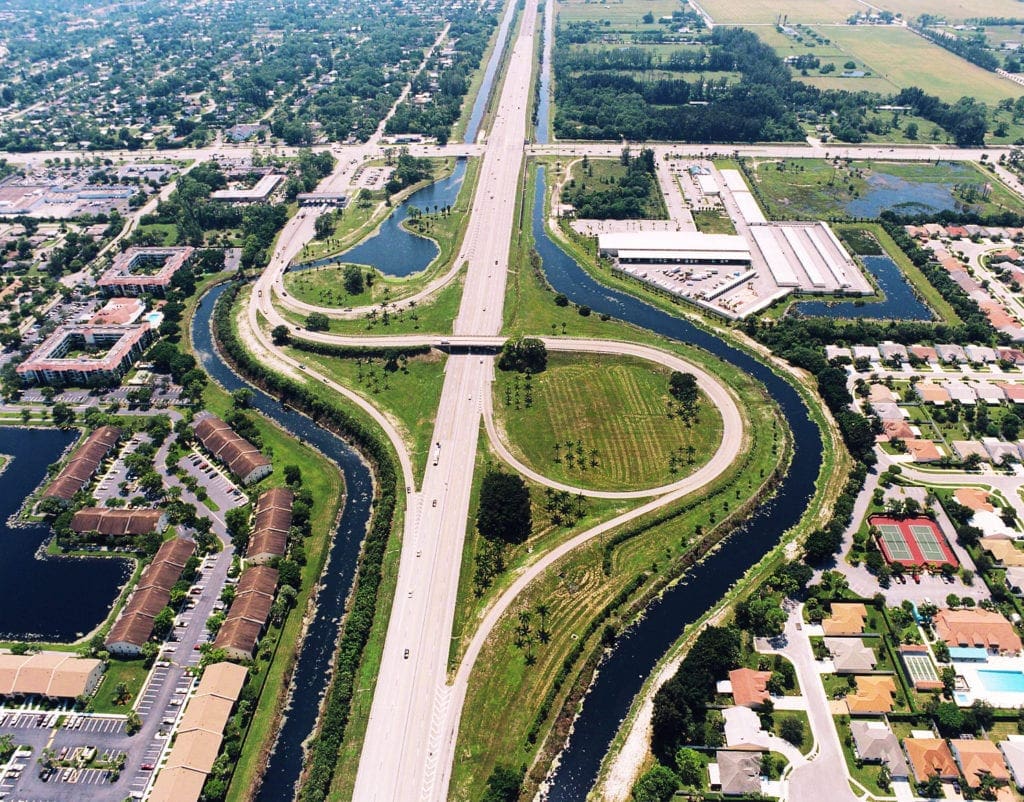
Lot Density
To us and to the developer, the maximum lot density for a single-family project drives everything. More lots mean more capital to offset amenities, community services, trails, parkways, parks, added vegetation, etc., while still making margins for the investment. This is a win for all — more taxes for cities, more amenities for the homeowner, and a better overall development and sustaining property values.
Natural Areas and Open Space
Our designs make every attempt to maximize density while keeping natural areas viable, utilizing these areas as a low-cost amenity. These areas that provide natural settings also can be used towards open-space requirements and add value to projects without much cost.
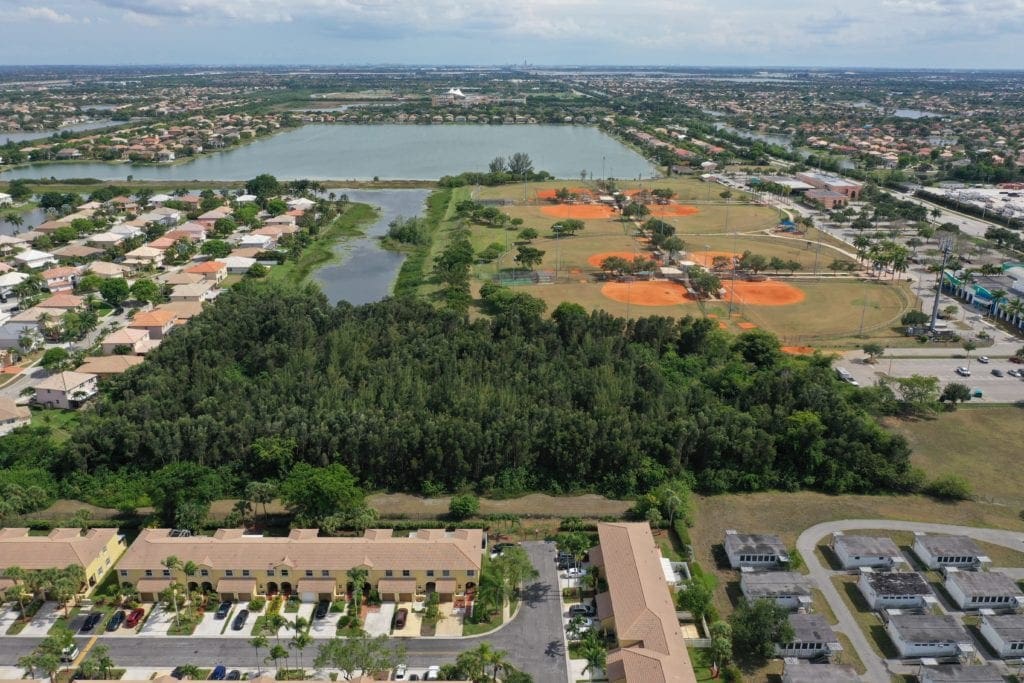
Lot Alignment & Street Layout
Aligning lots for the correct sun/shade exposure and laying out streets to minimize traffic choke points create a relaxing condition for the end user, the homeowner. These are goals that we try and meet for of all our designs.
We’re Part of Your Development Team
The WGI team has the expertise and resources for the planning of large-scale, multi-use, master-planned communities, and has a successful track record of bringing difficult projects to market. Contact us today to see how we can help get your next single family housing development off the ground!



